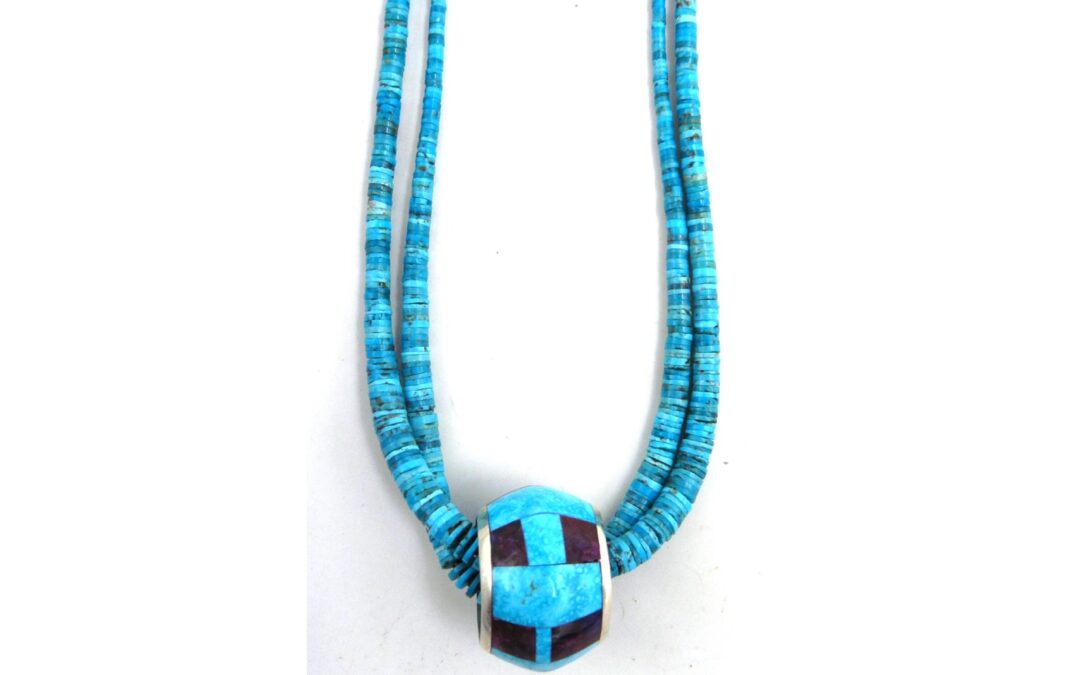Real turquoise jewelry is a stunning addition to any collection, but knowing how to take care of turquoise jewelry is crucial for maintaining its beauty and longevity. In this blog, we’ll delve into what turquoise jewelry is, explore the rich history of this gemstone, and provide expert advice on how to clean and care for your treasured pieces.
What Is Turquoise Jewelry?
Turquoise jewelry is crafted from turquoise, a blue-to-green mineral prized for its unique color and historical significance. Found in arid regions, primarily in the United States, Iran, and Egypt, turquoise has been used for centuries in jewelry, particularly among Native American tribes. The allure of turquoise lies in its striking hue, which varies depending on the mineral content and the region where it is mined.
Turquoise is often set in silver, enhancing its vibrant color and making it a popular choice for rings, necklaces, bracelets, and earrings. It’s essential to understand the characteristics of turquoise to appreciate its value and take proper care of your jewelry.
The History of Turquoise Jewelry
The history of turquoise jewelry is as rich and vibrant as the gemstone itself. Turquoise has been cherished for over 5,000 years, with evidence of its use in ancient Egypt, where it adorned the pharaohs’ tombs. The gemstone also holds a sacred place in Native American cultures, particularly among the Navajo, Zuni, and Hopi tribes.
The origin of turquoise in Native American jewelry dates back to around 200 BCE. Navajo turquoise jewelry history is especially significant; the Navajo were among the first to incorporate turquoise into their art, creating intricate pieces that symbolized wealth, protection, and status. The tradition of turquoise jewelry continues today, with artisans using ancient techniques to craft modern pieces that pay homage to their cultural heritage.
Understanding the Physical Properties of Turquoise
Understanding the physical properties of turquoise is vital to appreciating its beauty and ensuring its longevity. Turquoise is a relatively soft gemstone, ranking 5 to 6 on the Mohs scale of hardness. This means it can be easily scratched or damaged if not properly cared for. The stone’s color can range from sky blue to green, depending on the amount of copper and iron present.
Turquoise is also porous, making it susceptible to absorbing oils, chemicals, and moisture. Over time, exposure to these elements can cause the stone to discolor or become brittle. Therefore, taking preventative measures is essential to maintaining the vibrant appearance of your turquoise jewelry.
How to Clean Turquoise Jewelry: A Guide
Cleaning turquoise jewelry requires a gentle touch to preserve the stone’s natural beauty. Here’s a step-by-step guide on how to clean turquoise jewelry effectively:
- Avoid Harsh Chemicals: Never use commercial jewelry cleaners, ammonia, or any chemical-based products on turquoise. These substances can damage the stone’s surface and alter its color.
- Avoid Moisture: If your turquoise jewelry needs cleaning, use a soft lint-free cloth to gently wipe the surface of the stone to help remove any oil or residue on the stone. For pieces with surrounding metal like sterling silver, a gentle, mild silver polish can be used to help restore shine. Avoid soaking the jewelry, as prolonged exposure to water can weaken the stone or tarnish the metal over time.
- Store Properly: When not in use, store your turquoise jewelry in a dry, air-tight space, such as a container, away from direct sunlight. Consider wrapping each piece in a soft cloth to protect it from scratches and prevent exposure to air and moisture. Anti-tarnish strips or pouches are also great for long-term care.
- Handle With Care: Always handle your turquoise jewelry with clean hands to help lessen the transferring of oils or dirt onto the stone. Avoid wearing turquoise jewelry while doing activities that could expose it to chemicals, such as swimming or cleaning.
Palms Trading Company is a Native American art trading company that can answer any questions you have about maintaining turquoise jewelry. Contact Palms Trading for more information today.



